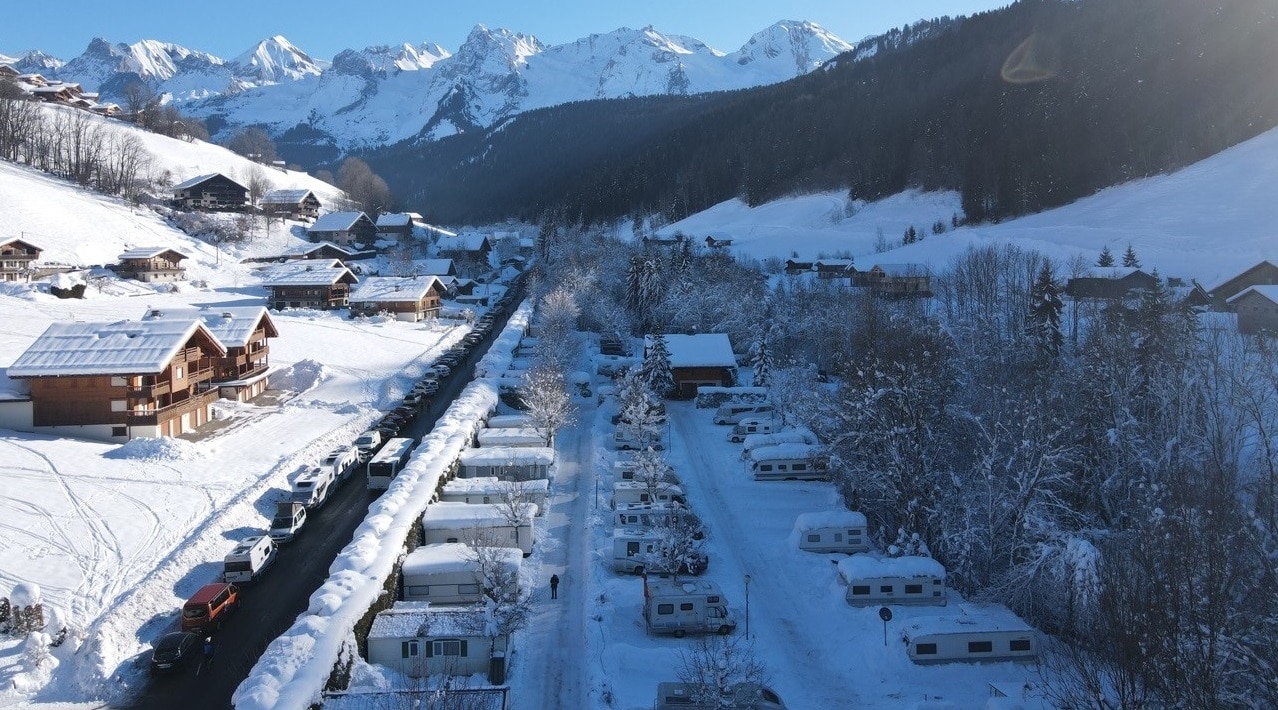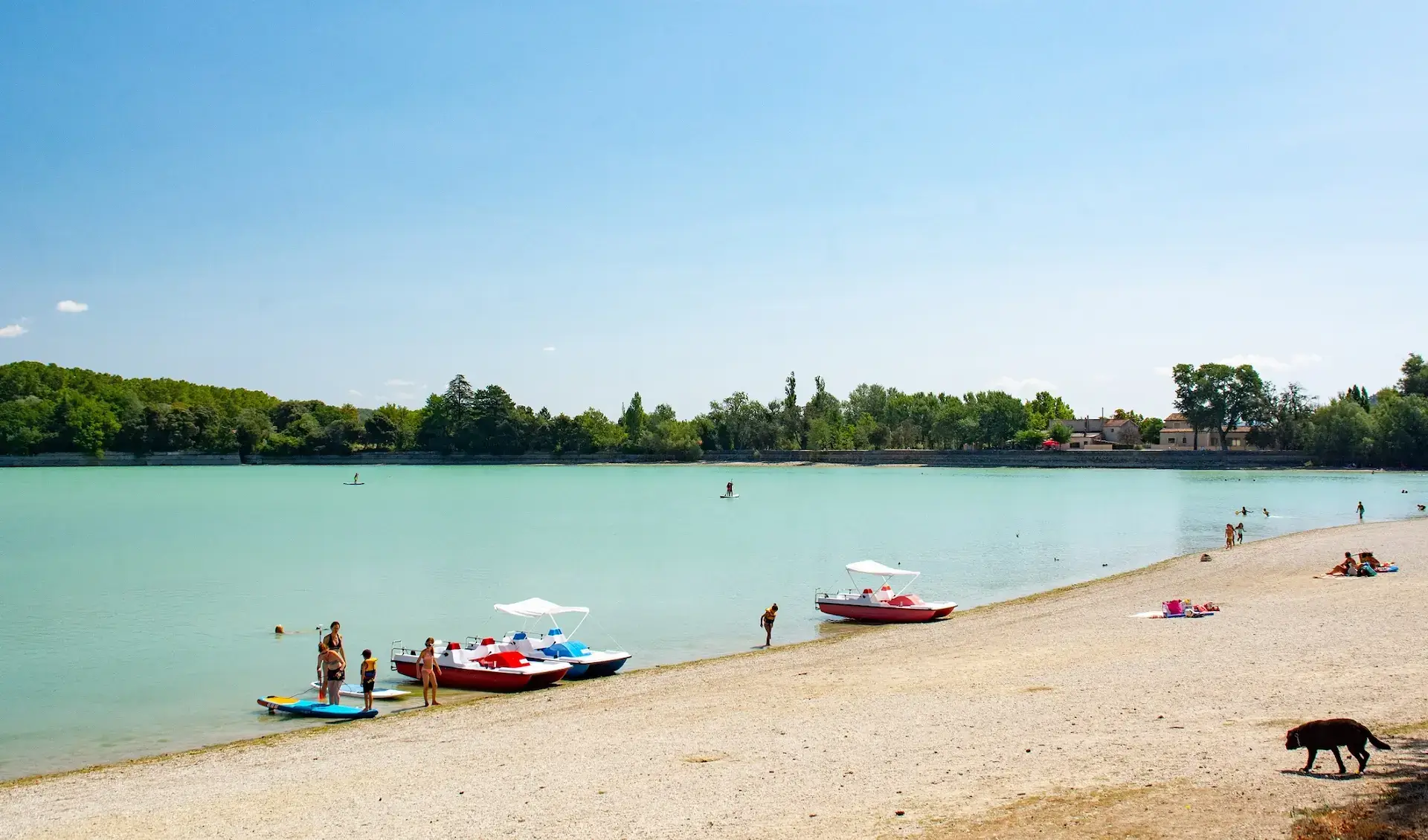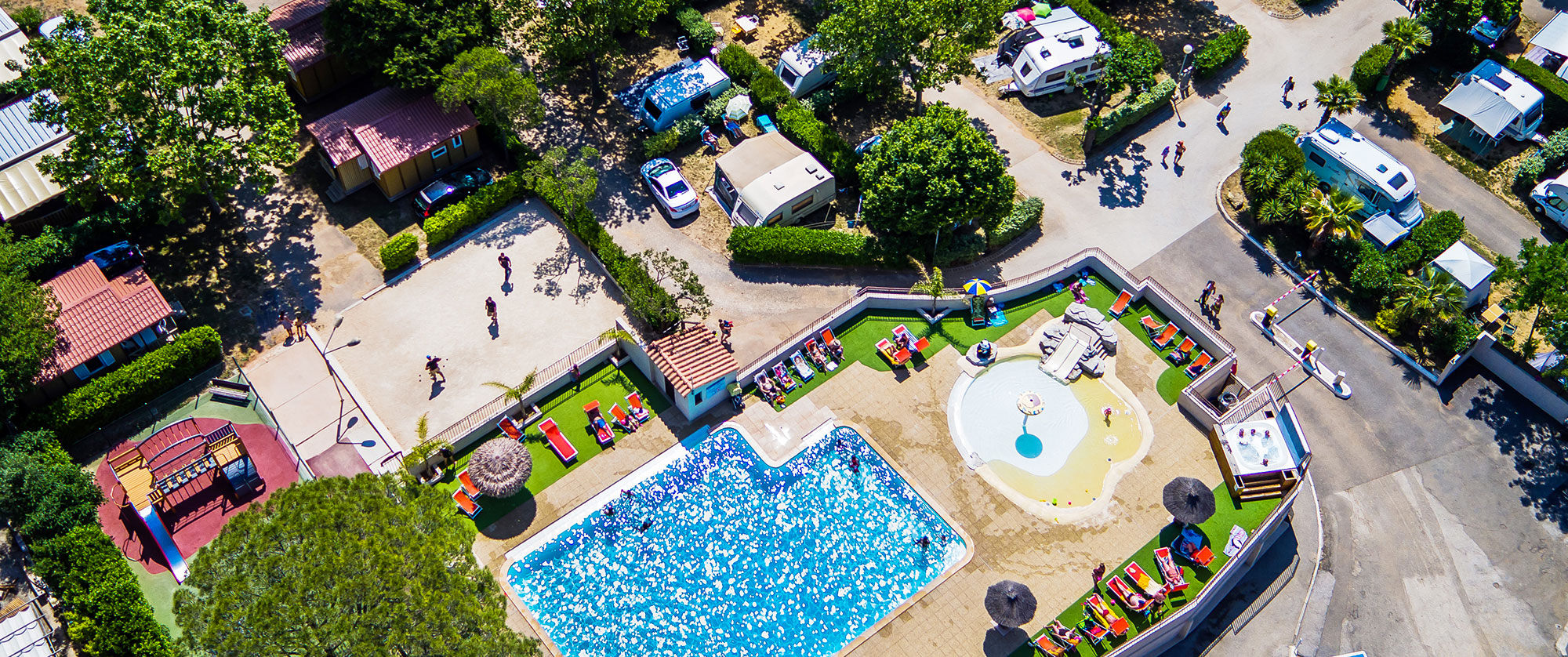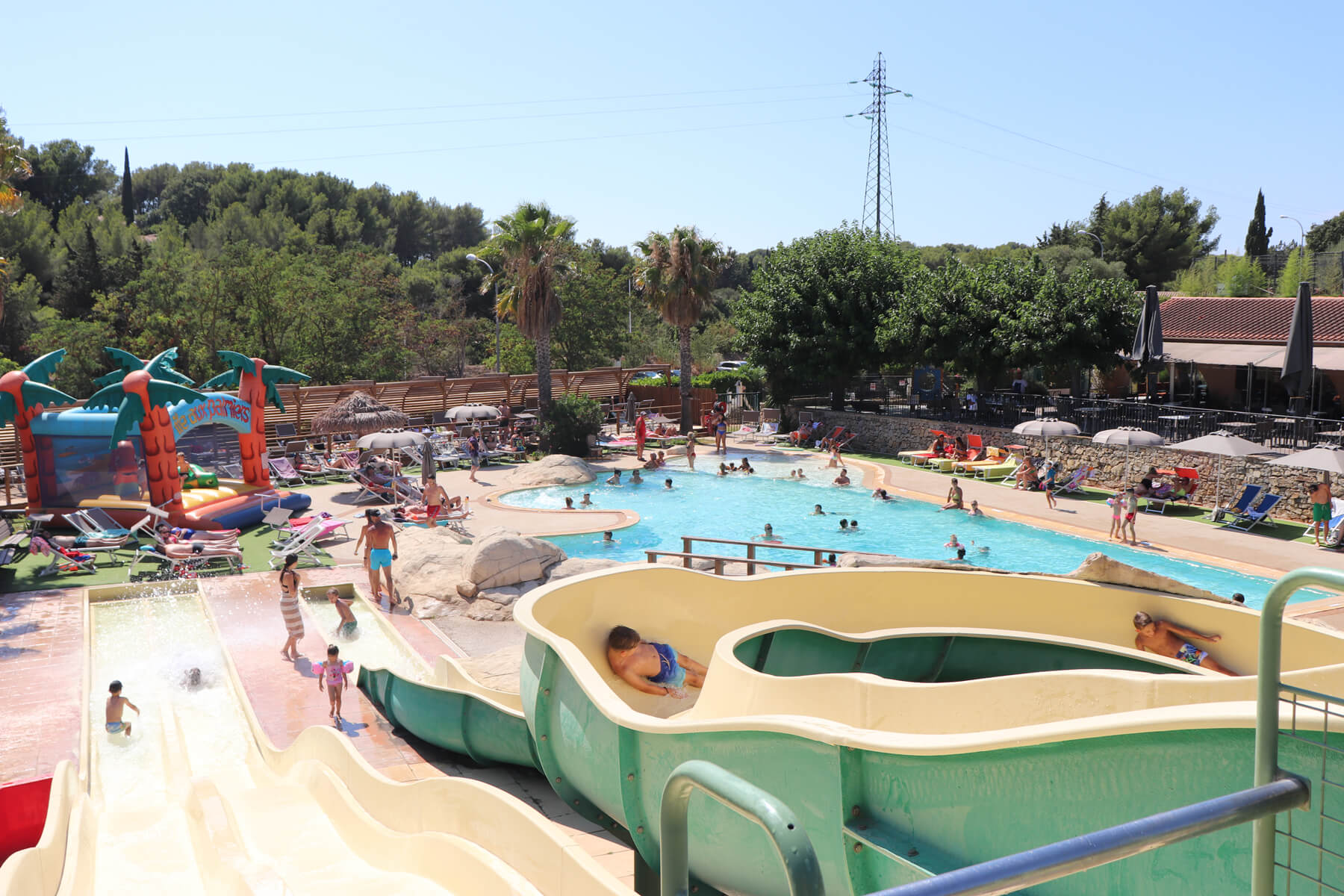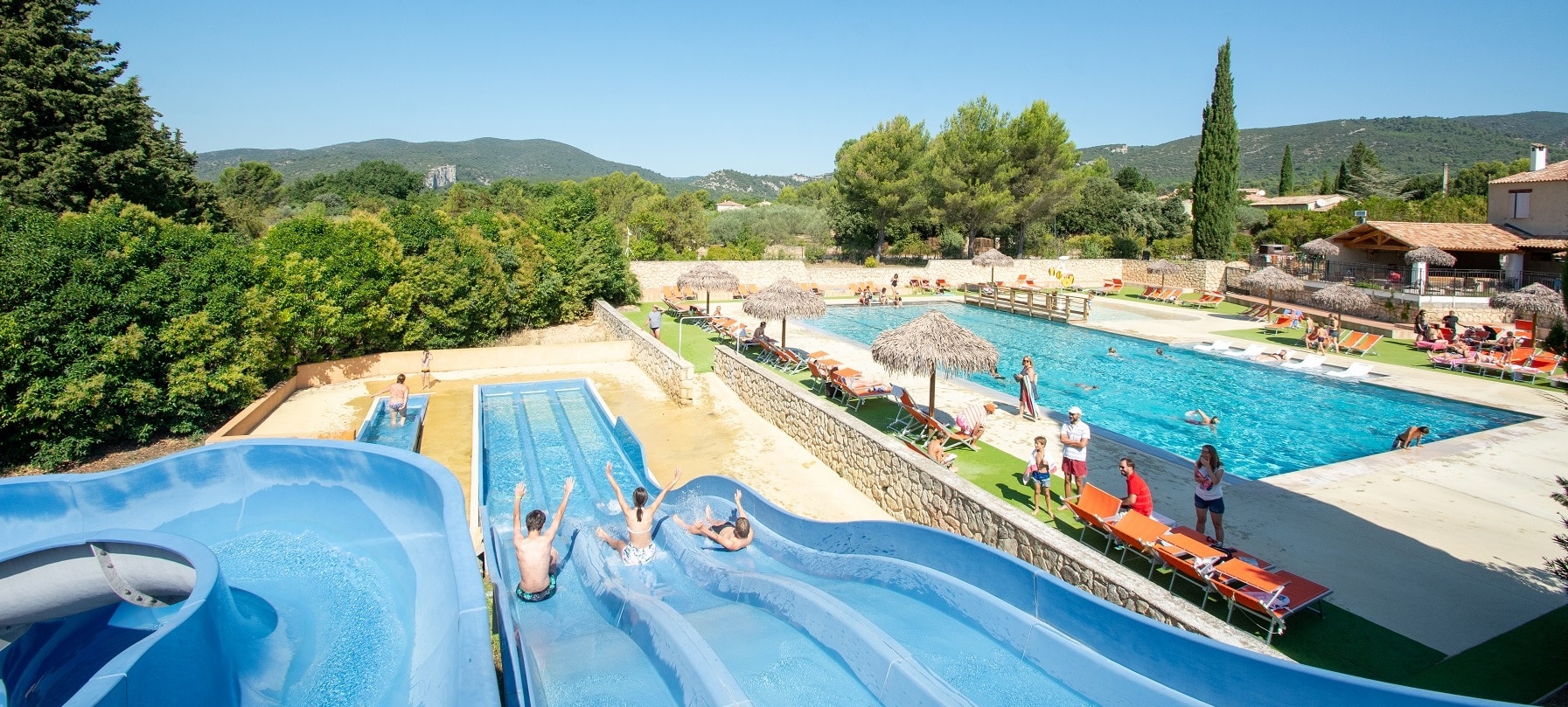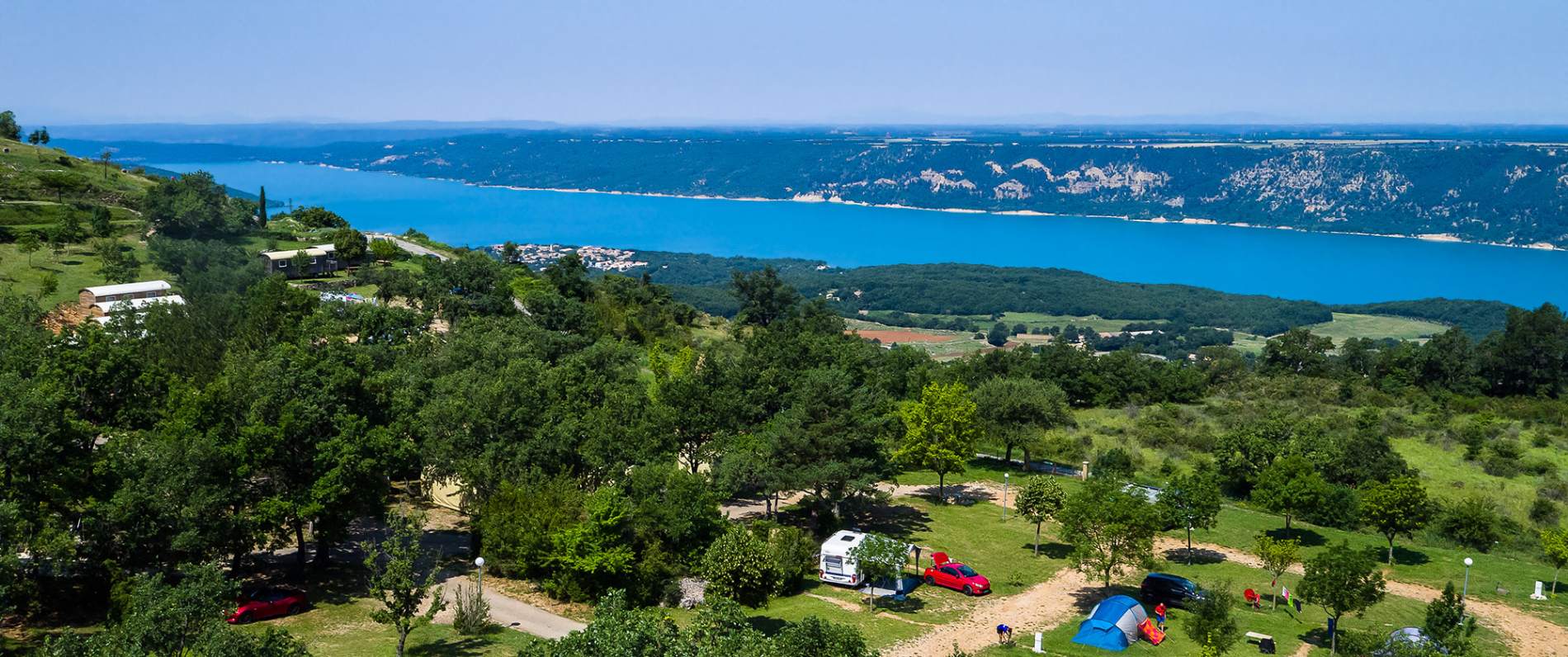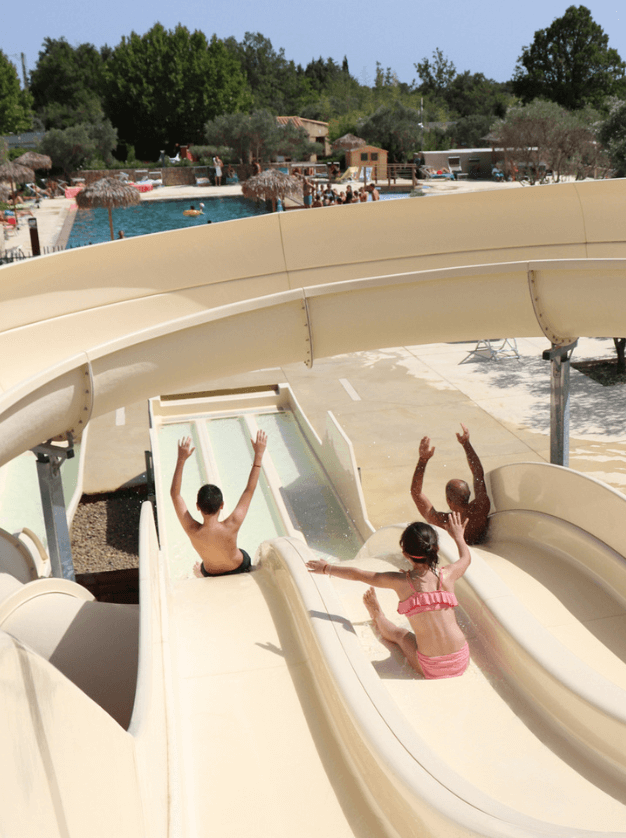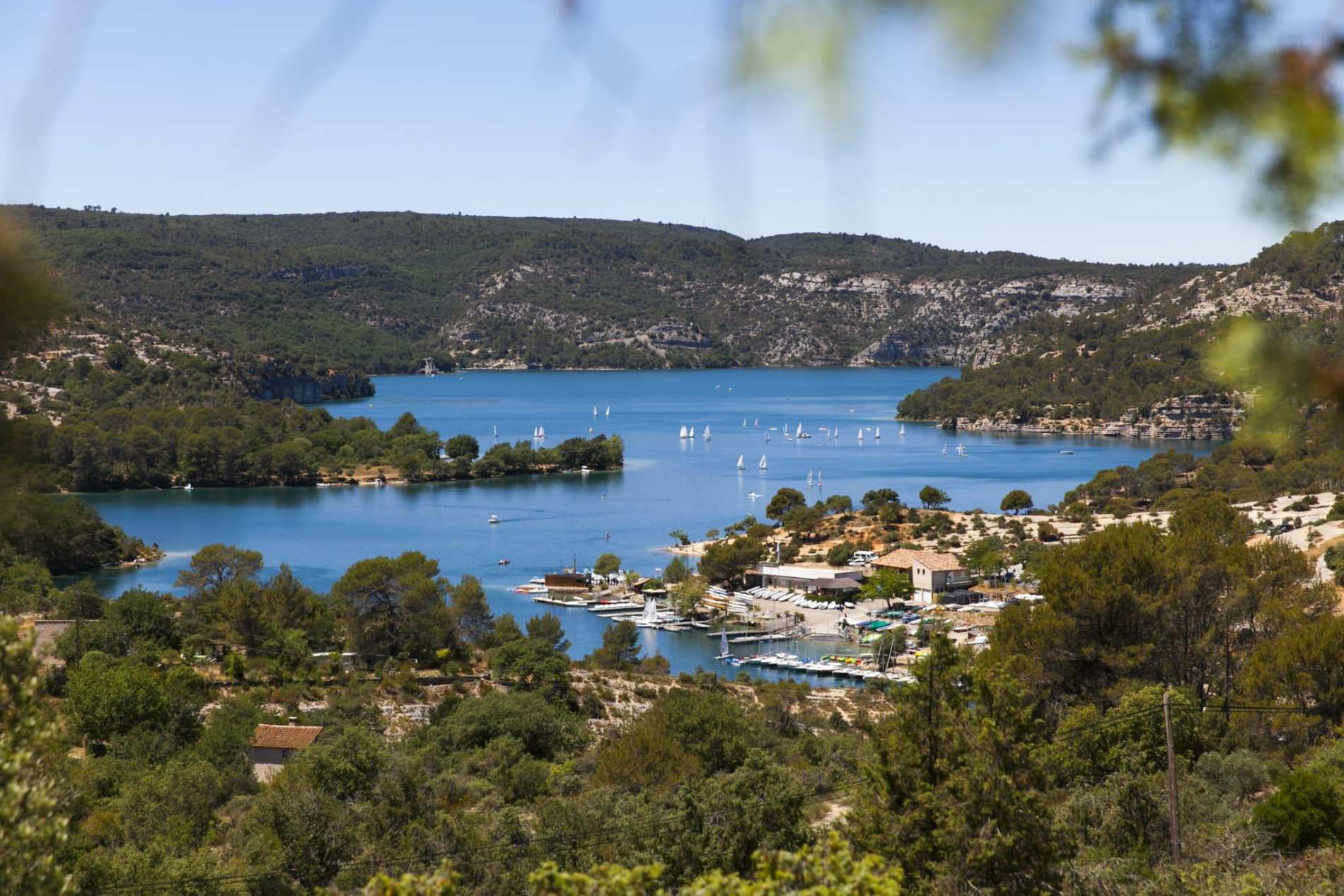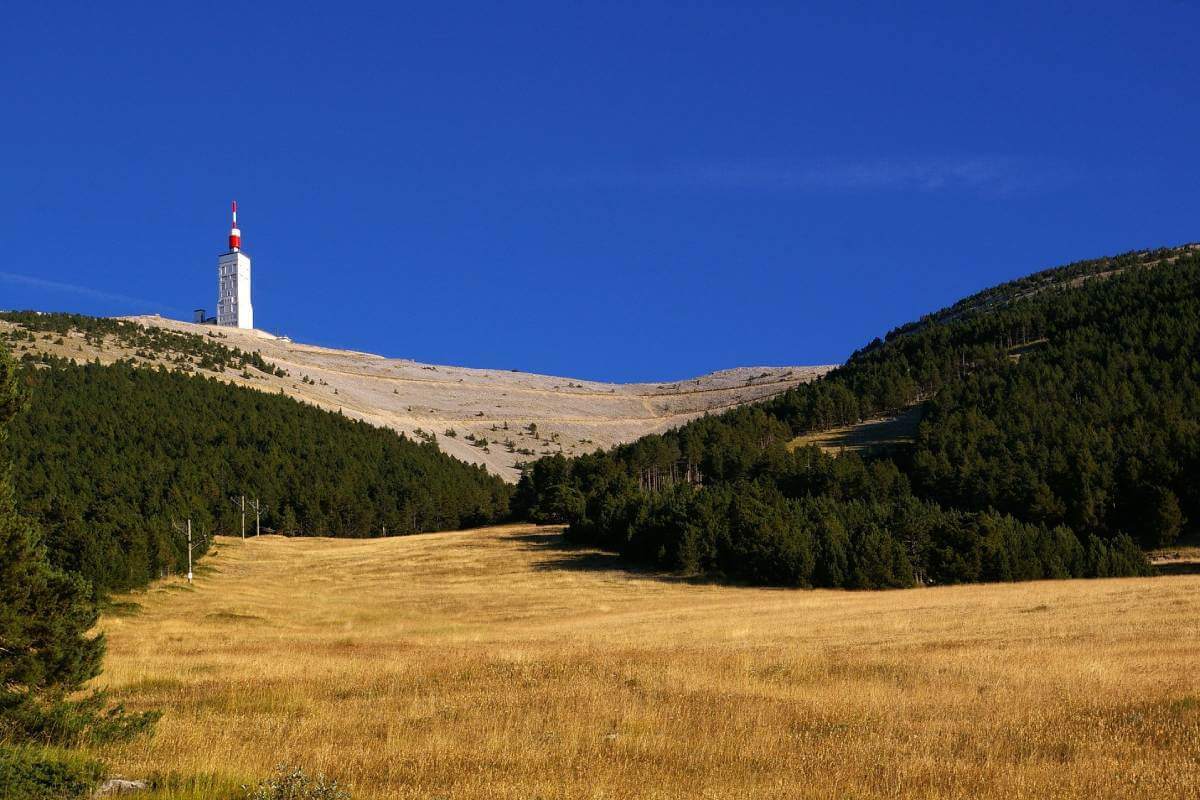
Mont Ventoux Discovery
Published on 08/11/2024 by CAMPASUN
Mont Ventoux, nicknamed the Giant of Provence, rises majestically in the heart of Provence and is a paradise for adventurers and lovers of grandiose panoramas. This mythical peak, visible from afar with its bare summit, offers a multitude of activities for all tastes.
Whether you are an experienced cyclist looking to take on the challenge of the legendary slopes, a hiker looking for picturesque paths or simply a nature lover keen to capture the beauty of the surrounding landscape, Mont Ventoux is a destination not to be missed. Discover this unique ecosystem where flora and fauna coexist in preserved harmony, promising a getaway rich in emotions and discoveries.
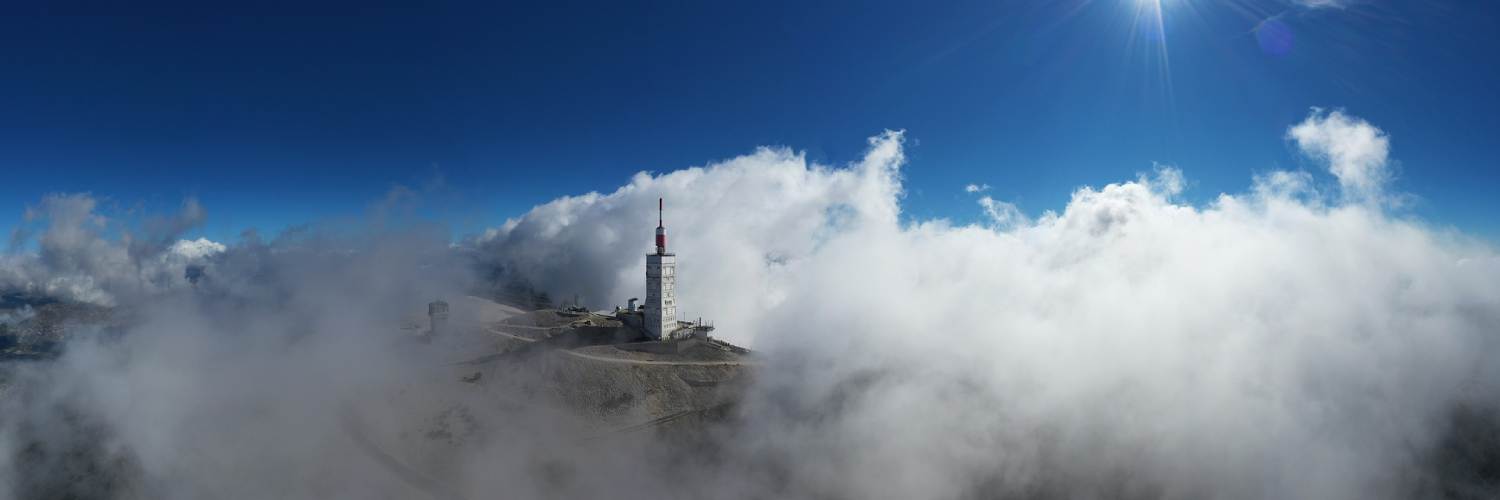
Mont Ventoux, a natural jewel of Provence that you can explore without moderation
Mont Ventoux, nicknamed the Giant of Provence, rises majestically in the heart of Provence and will captivate all those who set out to conquer its wild and sublime landscapes. Perched at 1912 metres above sea level, the summit stands out with its white peak that evokes the snow-capped appearance of a higher mountain. Nearby, villages such as Bédoin, Malaucène and Sault are ideal starting points for an experience rich in discovering the cultural and natural heritage. Mont Ventoux is a natural spectacle where, from the first kilometres of climbing, we discover a varied flora that changes as we go higher.
The mountain is also available to curious people who want to unravel the mysteries of its geological origins. Thousands of years of history and successive erosions have shaped a unique landscape, making Mont Ventoux an open book for geologists. Green tourism benefits from the proximity of the Dentelles de Montmirail and the Nesque gorges, making it an essential circuit for those who want to explore this valley full of life. For lovers of adventure and breathtaking landscapes, Mount Serein offers the ideal view of the Rhône valley or the majestic chain of the Alps.
Hiking trails on Mont Ventoux for all levels
Mont Ventoux is ideal for hiking, with routes ranging from family walks to real trekking circuits for experienced hikers. Each route offers a unique experience and allows you to admire the variety of flora and the beauty of the panoramas. For an unforgettable walk, several options are available to visitors:
- Le chemin des Crêtes: This route starts at Chalet Reynard and follows the ridge to the summit of Mont Ventoux, offering breathtaking views on both sides of the mountain.
- The Rochers de Cahillan guided tour: a walk with a panoramic view of the fascinating landscapes of the area, it is a perfect route for those who want to discover Ventoux in a different way.
- The Combe Obscure trail: Perfect for lovers of forests and shadier atmospheres, this route crosses a dense part of the Ventoux vegetation before reaching a spectacular belvedere.
- Mont Serein: This route is ideal for families and offers less austere viewpoints that are accessible to everyone. It leads to a quiet relaxation area in the middle of the mountain.
Whatever the hiker’s choice, each route of Mont Ventoux reveals specific features conducive to wonder and escape.
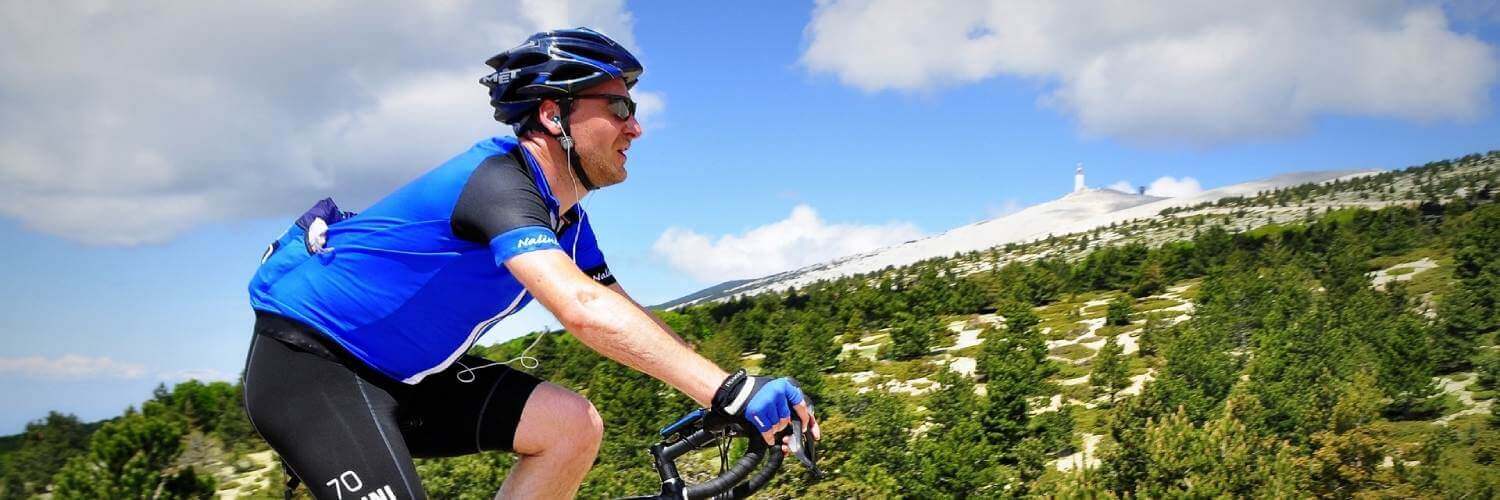
The Mont Ventoux challenge by bike: advice and routes for cyclists
Known as one of the most demanding passes in the Tour de France, Mont Ventoux is a legendary event that attracts thousands of cyclists each year who are eager to test their endurance. With its steep slopes and sometimes unpredictable climate, the ascent of Mont Ventoux is a real challenge. There are three main routes to reach the top:
From Bédoin, the climb takes place over 22 kilometres with an average percentage of almost 8% and is therefore the most difficult route. The first few kilometres are deceptively gentle, before we undertake the uncompromising climb through the forest, until we reach the famous lunar landscape that announces the approach of the summit.
Malaucène offers an equally demanding route, with 21 kilometres of climbs and slopes that will test the cyclist’s limits. It is an alternation of technical passages and sectors where it is possible to recover, with beautiful panoramas over the Rhône valley.
Finally, the route from Sault seems smoother, with its 26 kilometres and a more modest average gradient. It is a gradual climb that crosses lavender fields before the final, rougher kilometres towards the summit of the Ventoux.
Fotografie en natuurobservatie: de Mont Ventoux, een uitzonderlijke omgeving
The richness of the local fauna is part of the Mont Ventoux biosphere reserve and fascinates photographers and observers alike. The summit of the Ventoux, due to its strategic location, offers places suitable for observing various emblematic species. The lucky ones will be able to see agile chamois making their way through the rocky chaos, while marmots enjoy the sun on the grassy slopes.
Birds are not left out with many species such as the famous golden eagle or the griffon vulture, which soar in the updraft. Summer evenings offer the opportunity to observe ballets of bats in search of their nocturnal sustenance. As for photography, the play of light at sunrise or sunset on the villages of Comtat Venaissin or on the surrounding peaks, such as the Dentelles de Montmirail, makes Mont Ventoux an endless subject for lovers of capturing magical moments.
The environmental wealth of Mont Ventoux: between rare flora and protected areas
The diversity of the natural environment of Mont Ventoux is exceptional, with flora comprising more than 1,000 species, several of which are endemic or protected. Visitors can explore the shaded northern slopes covered with beech and fir forests, or venture onto the drier, sun-drenched southern slope, where aromatic plants abound. These natural spaces of great ecological value are preserved, in part, in a Natura 2000 site, guaranteeing their protection for future generations.
Dwarf irises and Mont Ventoux juniper are among the botanical curiosities not to be missed. In addition to the Mont Ventoux Regional Nature Park, areas such as the Toulourenc Valley, stretching majestically at the foot of the giant of Provence, offer a preserved habitat for many animal and plant species. The region is also rich in wine and agricultural culture, weaving a close link between natural heritage and human activity. Don’t miss visiting localities such as Vaison-la-Romaine, renowned for its archaeological sites and rich historical heritage.

